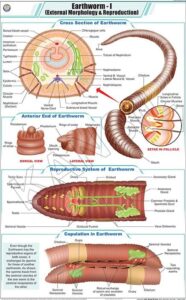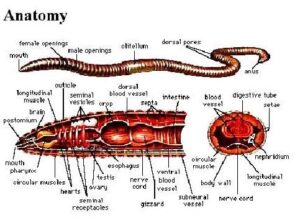Back to: MICROBIOLOGY 100 LEVEL
Welcome to class!
Hello, superstar! I’m happy you’re here, ready to learn again. Today, we’re talking about a topic that’s very important in microbiology—Morphology and Reproduction of Microorganisms. This simply means what microorganisms look like (their shape and structure) and how they make more of themselves. Just like we all have different body shapes and ways families grow, microorganisms also have unique forms and ways of multiplying. Let’s get into it together!
Morphology And Reproduction
Morphology of Microorganisms
Morphology refers to the form, shape, and structure of microorganisms. Even though they’re tiny, they come in many shapes that help them survive and perform their functions.
1. Bacteria Morphology
Bacteria are known for their different shapes:

Coccus (plural: Cocci): Round or spherical bacteria. Examples include Staphylococcus and Streptococcus.
Bacillus (plural: Bacilli): Rod-shaped bacteria. Example: Escherichia coli (E. coli).
Spirillum (plural: Spirilla): Spiral-shaped bacteria. Example: Spirillum minus.
Vibrio: Comma-shaped bacteria. Example: Vibrio cholerae (causes cholera).
Filamentous: Long thread-like bacteria, often found in soil.
Some bacteria also have structures like:
Flagella for movement.
Pili for attachment.
Capsules for protection.
Spores for survival in harsh conditions.
2. Fungi Morphology
Fungi can be:
Yeasts: Round or oval, single-celled.
Moulds: Multicellular, with thread-like structures called hyphae.
Mushrooms: Larger fungi, but still related to moulds.
3. Protozoa Morphology
Protozoa vary in shape. They often have structures like cilia or flagella to help them move, and they live mostly in water or inside animals.
4. Viruses Morphology
Viruses are very simple. They are not made of cells but have:
A protein coat (capsid)
Genetic material (DNA or RNA)
Some have an envelope around them
Viruses come in shapes like helical, spherical, or complex (like a spaceship!).
Reproduction in Microorganisms
Microorganisms reproduce in different ways, depending on their type.
1. Bacteria (Asexual Reproduction):
Most bacteria reproduce by binary fission. One cell splits into two identical cells. It’s fast—some can double in 20 minutes!
2. Fungi:
Yeasts reproduce by budding, where a small part grows out of the parent and breaks off.
Moulds reproduce using spores, either sexually or asexually.
3. Protozoa:
They reproduce by binary fission, multiple fission (splitting into many cells), or sexual reproduction depending on the species.
4. Viruses:
Viruses can’t reproduce on their own. They must enter a host cell and hijack it to produce new viruses. This process is called viral replication.

Think of microorganisms like little people. Some are round, some long, some curly. They grow families in different ways—some split in two like twins, some bud off children, and some sneak into a host like a hacker entering a computer to make copies!
Summary
- Morphology is the shape and structure of microorganisms.
- Bacteria can be cocci, bacilli, spirilla, vibrio, or filamentous.
- Fungi, protozoa, and viruses also have unique structures.
- Microorganisms reproduce by binary fission, budding, spores, or using host cells (for viruses).
Evaluation
- What does morphology mean in microbiology?
- Name two shapes of bacteria with examples.
- How do viruses reproduce?
- What is the difference between budding and binary fission?
- Which structure helps bacteria move?
You’ve understood how these tiny creatures look and grow, and that’s a big step in becoming a microbiology expert. Afrilearn is cheering you on—keep showing up, and you’ll keep growing. See you in the next lesson!
